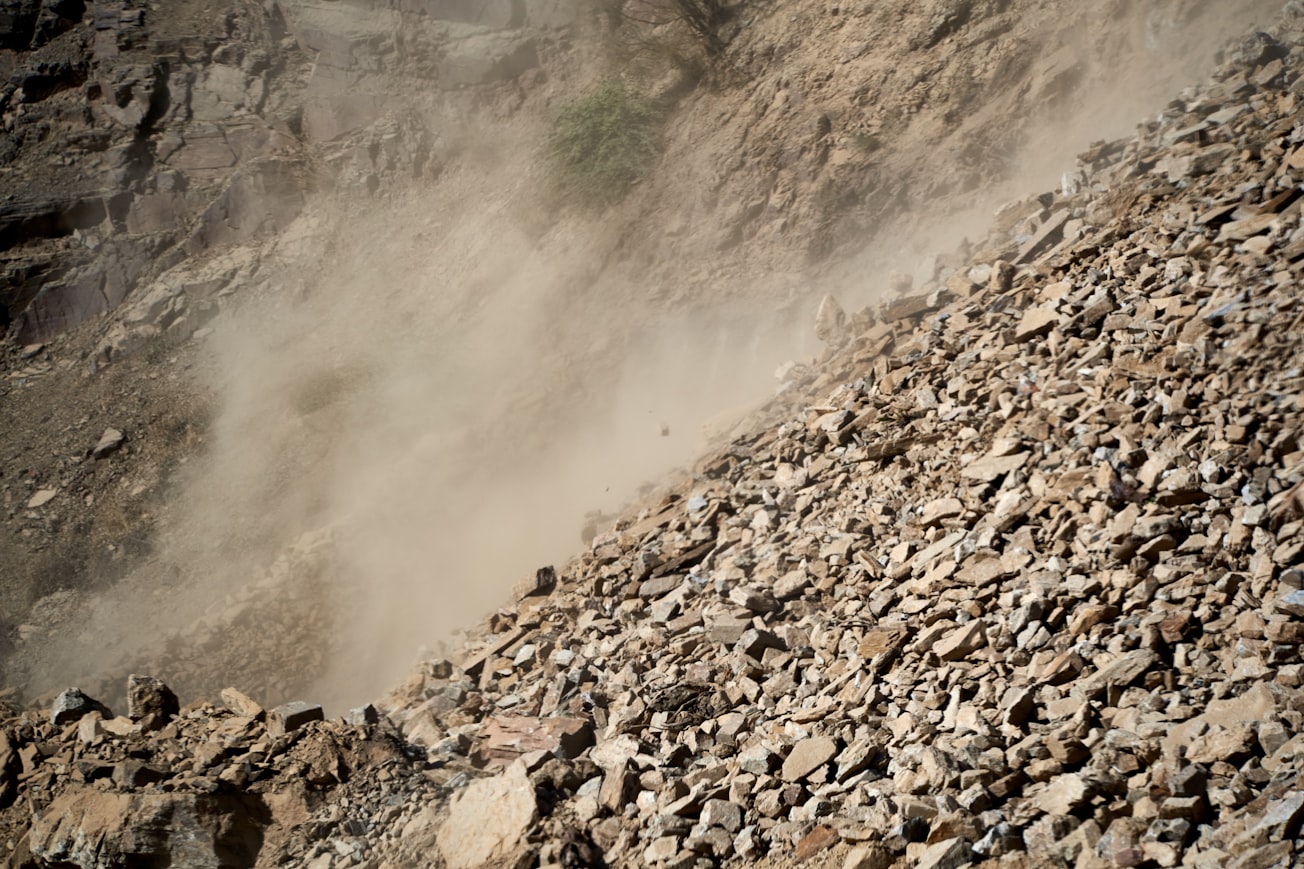What is it about?
The recent eruption at La Palma in the Canaries illustrates how geological processes can badly affect local communities. Another risk arises from landslides underwater. We have found many such landslides around the Azores volcanic islands. Such landslides may cause large waves or tsunamis. They also hint at varied risks of earthquakes as many are likely initiated by ground shaking.
Featured Image

Photo by Wolfgang Hasselmann on Unsplash
Why is it important?
In our latest article published in G3 (https://doi.org/10.1029/2021GC009833), we document how submarine landslides are abundant in the upper slopes of the Azores volcanic islands. More than 1000 valleys of potential landslide origin were found. Their presence may explain some tsunamis or "freak waves" not explained by earthquakes or other causes. They may also hint at varied risks of earthquakes. When adjusted for slope area, we found higher numbers of landslides in the upper slopes of Faial and Pico Islands of the Azores, perhaps caused by greater frequencies of large earthquakes, which densify the sediment and prevent large accumulations of slope deposits. In contrast, the upper slopes of São Jorge and Terceira islands have fewer and larger landslide scars, suggesting that less frequent earthquakes allow more sediment to accumulate between slope failure events. In our our other article (http://dx.doi.org/10.1144/SP520-2021-62), in contrast, we showed that mainly primary volcaniclastic turbidites (those sourced directly from eruption columns) dominate sediment cores in the adjacent basins, rather than secondary volcaniclastic turbidites. Either most of these landslides do not run out to the floors of the adjacent basins or the eruptions are more frequent than large slope failures. We aim to date the sediments to help address this question.
Read the Original
This page is a summary of: Landslides in the Upper Submarine Slopes of Volcanic Islands: The Central Azores, Geochemistry Geophysics Geosystems, September 2021, American Geophysical Union (AGU),
DOI: 10.1029/2021gc009833.
You can read the full text:
Contributors
The following have contributed to this page







